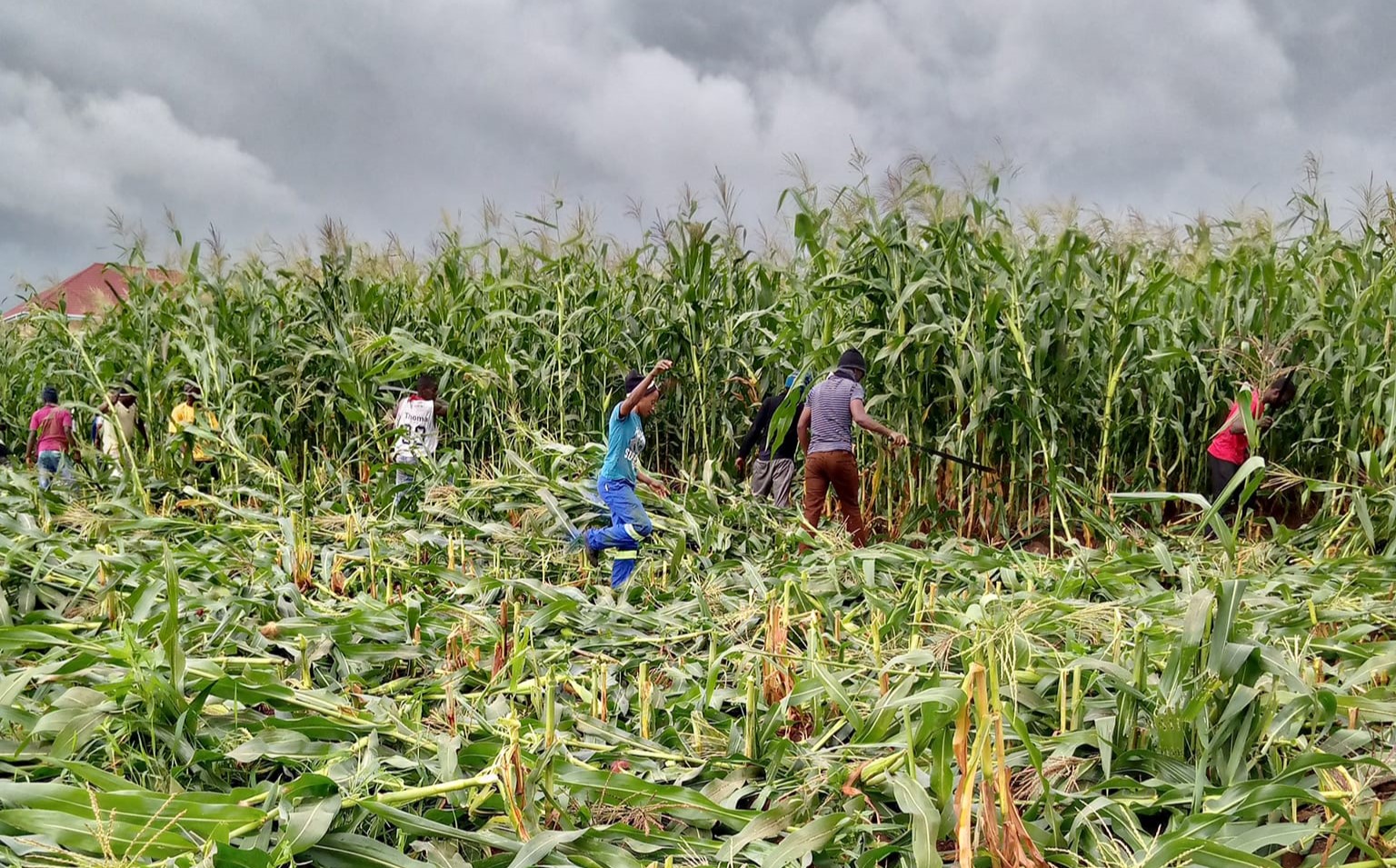Here comes Gondwe again with his wobbly budget and economy
Finance, Economic Planning and Development Minister Goodall Gondwe heads into the second half of the 2016/17 financial year not much different from the time he was presenting the current financial plan back in May 2016.
Of course, there are some green shoots.
All indications so far are that agricultural output would be robust this season barring any grave disasters such as aggressive floods that could sweep almost mature crops or a devastating outbreak of pests and diseases that may hit yields hard.
It is early days yet and I do not have any scientific data to back my optimism, but I strongly suspect that when the Ministry of Agriculture, Irrigation and Water Development announces its first round crop estimates in the next few weeks, figures will be much better than the past two seasons.
And that is despite the badly managed Farm Input Subsidy Programme (Fisp) that saw late distribution of fertiliser, a 40 percent cut in beneficiaries from the traditional 1.5 million to 900 000 and low redemption rate of subsidized seeds by farmers that experts fear could affect production owing to possible use of recycled seeds.
At macro level, strong agricultural performance should help prop up gross domestic product (GDP), exert a downward trend on inflation and, hopefully, push interest rates lower.
GDP growth remains tepid though and any progress will be from a very low base; hence, my take time to course through the economy and bring in the much needed multiplier and accelerator effects.
From a projection of 5.1 percent for 2016 when the budget was announced, economic expansion has been revised downwards to around 2.8 percent for the calendar year.
The hope is that 2017 will be a much better year than the one just ended.
Inflation is likely to remain subdued largely on account of falling maize prices and distribution of relief food, but no one should be under any illusion that single digit inflation is anywhere near.
I also suspect that the residual impact of food shortages of the past few months could be a short-term drag, albeit a weak one, on the general rise in prices.
There was a period during which inflation showed signs of dissipating over the past few months as food prices dropped, but then non-food inflation started creeping up towards the end of the year as the festive season approached and the kwacha softened.
The year-on-year headline inflation rose, albeit humbly, to 20 percent in December from 19.9 percent in November despite food inflation retreating to 24.4 percent from 24.8 percent over the same period.
The kwacha continued to take a battering during the first six months of the current budget, falling from K712 to the United States (US) dollar in May to the current K734 and the chances are that it will keep depreciating.
In the last quarter of last year, interest rates fell from 37.5 percent to 33.5 percent (base) and chances are that if the short-to medium term inflation outlook holds, the costs of borrowing could fall further.
I also understand that domestic revenue collection has performed well, but surely remains too low to have a dent on the gap left by donors who froze budgetary support. And there lies Gondwe’s problem: he has a deficit he cannot possibly fill even as government bonds get mature for payouts, interest payments on short-term borrowings are due and pressure is mounting for higher spending generally.
So how will Gondwe pull this off? The truth is that he won’t. He will likely wobble to the end of the current financial year in June hoping, against hope, that things will be better.



